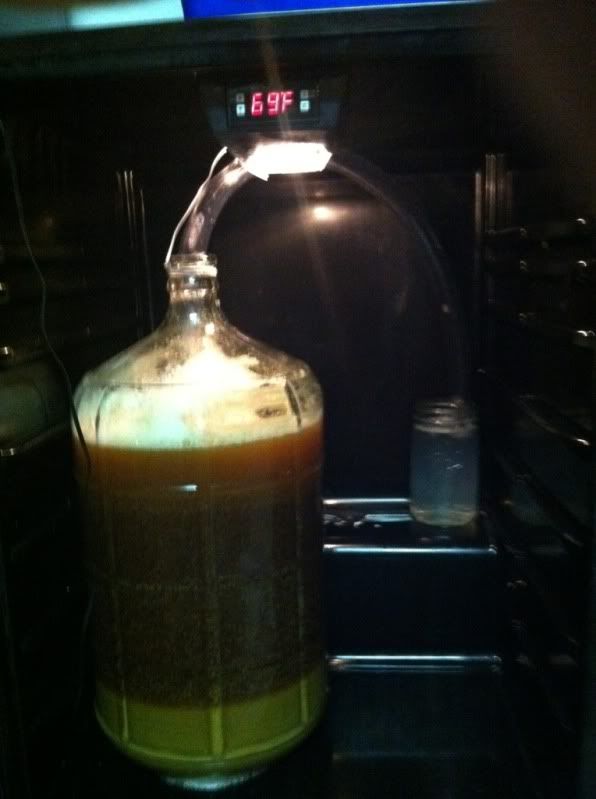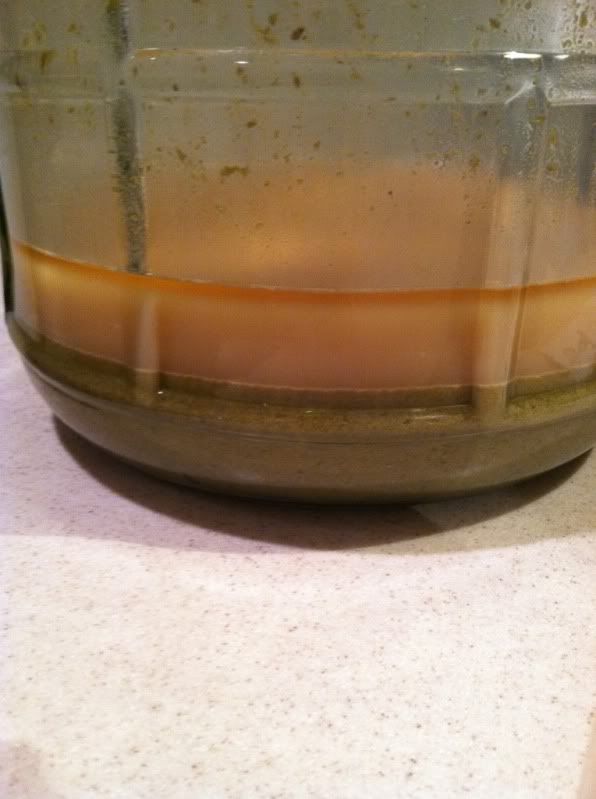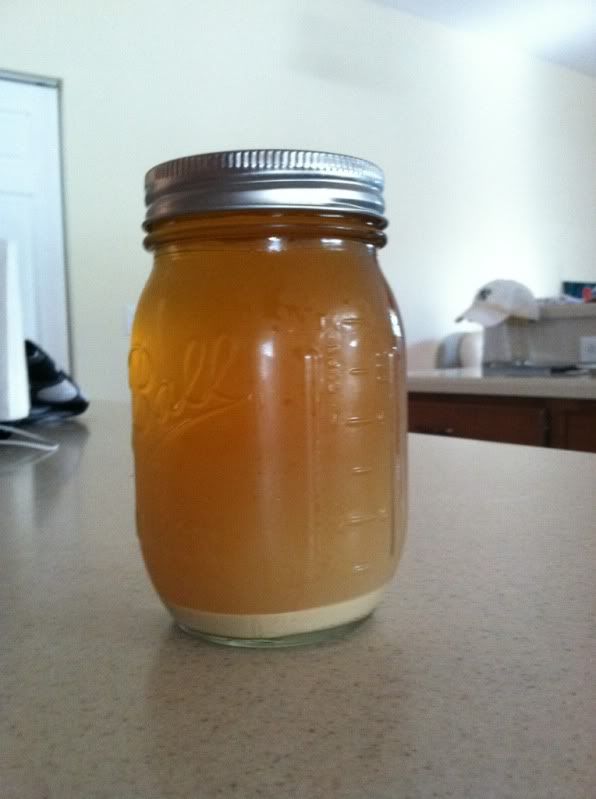What a great thread! Thanks so much to Bernie for starting it. I am a fairly new home brewer and am definitely intrigued with washing yeast and using yeast starters. Having said that, I have only perused the first 20 or so pages of this
152 page thread and have a few questions which I'm not sure have been asked/answered yet so let me apologize in advance if they have but here they are:
I am currently using SafaleUS-05
dry yeast(rehydrated prior to pitching) for a brown ale I have fermenting right now and would like to know:
- Has anyone ever harvested and washed this particular yeast?
- And if you have, how did it work?
I want to make a strong, barley wine type ale (
high OG) so want to make a starter for it and I really like the aforementioned dry yeast so want to use it for the barley wine in a starter.
I did see a comment from bernie that if you are using a dry yeast he would not bother with a starter and would just rehydrate a new/fresh package of dry yeast.
But, since I know I'll have a
really high OG, here are a couple of other questions:
- Would it be too much yeast to use a fresh pack of dry, rehydrated yeast and a starter made with the same yeast(harvested from the batch I'm fermenting now)
- Or, would it be better(definitely easier) to just pitch a pack of rehydrated yeast?
- Or, pitch two packs fresh dry, rehydrated yeast only (due to high OG)...and this is for a ~5 gallon batch btw.
Any opinions/advice greatly appreciated. Cheers.









